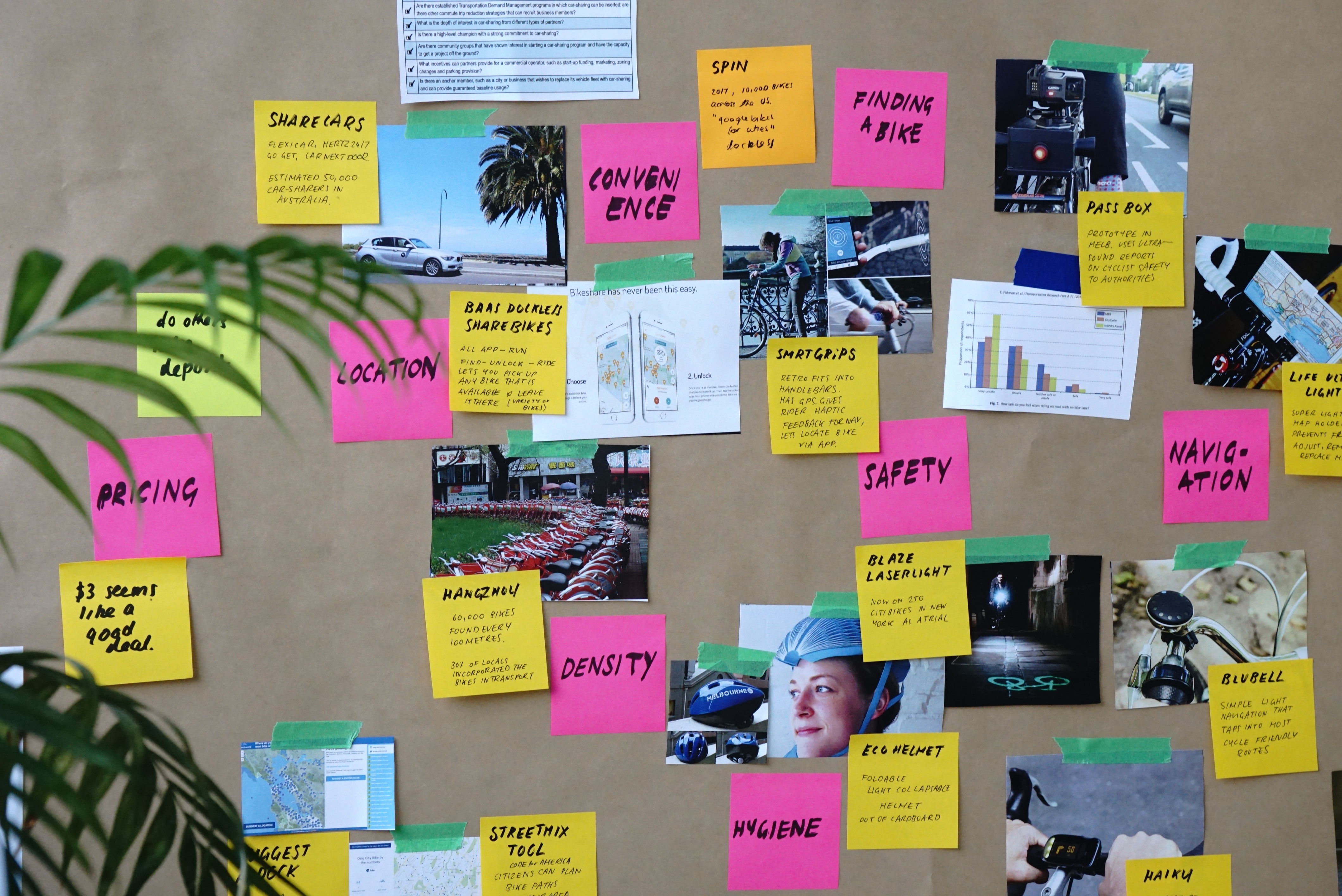Case studies

Case Studies Overview
The aim of the case study sessions is to give participants insight into practical implications of discriminatory situations and practices around algorithmic recommendation in recruiting, and to foster exchanges among them, considering their different backgrounds are likely to yield different perspectives.
Case Studies Structure
The case study sessions follow the steps of a prototypical recruiting process, moving from job advertisements to CV screening and interviews, ending with people analytics. The participants are encouraged to think about the role automatization plays along this recruiting pipeline.
It is important to note that the job market is already characterized by injustice and discrimination. Automation is not in itself the cause of discrimination, nor can discrimination be abolished through algorithms alone. Through these case studies, the aim is to highlight the need to hold people who make decisions accountable. In the end, the impact of algorithms is shaped by the decisions people make, for example which data they select to train algorithms, how they program and deploy them as well as by the context in which they are used, and importantly, the extent to which those algorithms are tested before being deployed and monitored throughout their operation.


Case Studies Format
The case studies encompass four sessions of about 2 hours per session, including a break in the middle. In the following, the case study training sessions are outlined, describing the content as well as the structure of each session.
Session 1: Bias in the Dissemination of Job Advertisements
Session 2: Algorithmic Bias in Candidate Screening
Session 3: “Artificial Intelligence (AI)” Tools in Job Interviews
Session 4: Algorithmic Discrimination in People Analytics and Algorithmic Management

